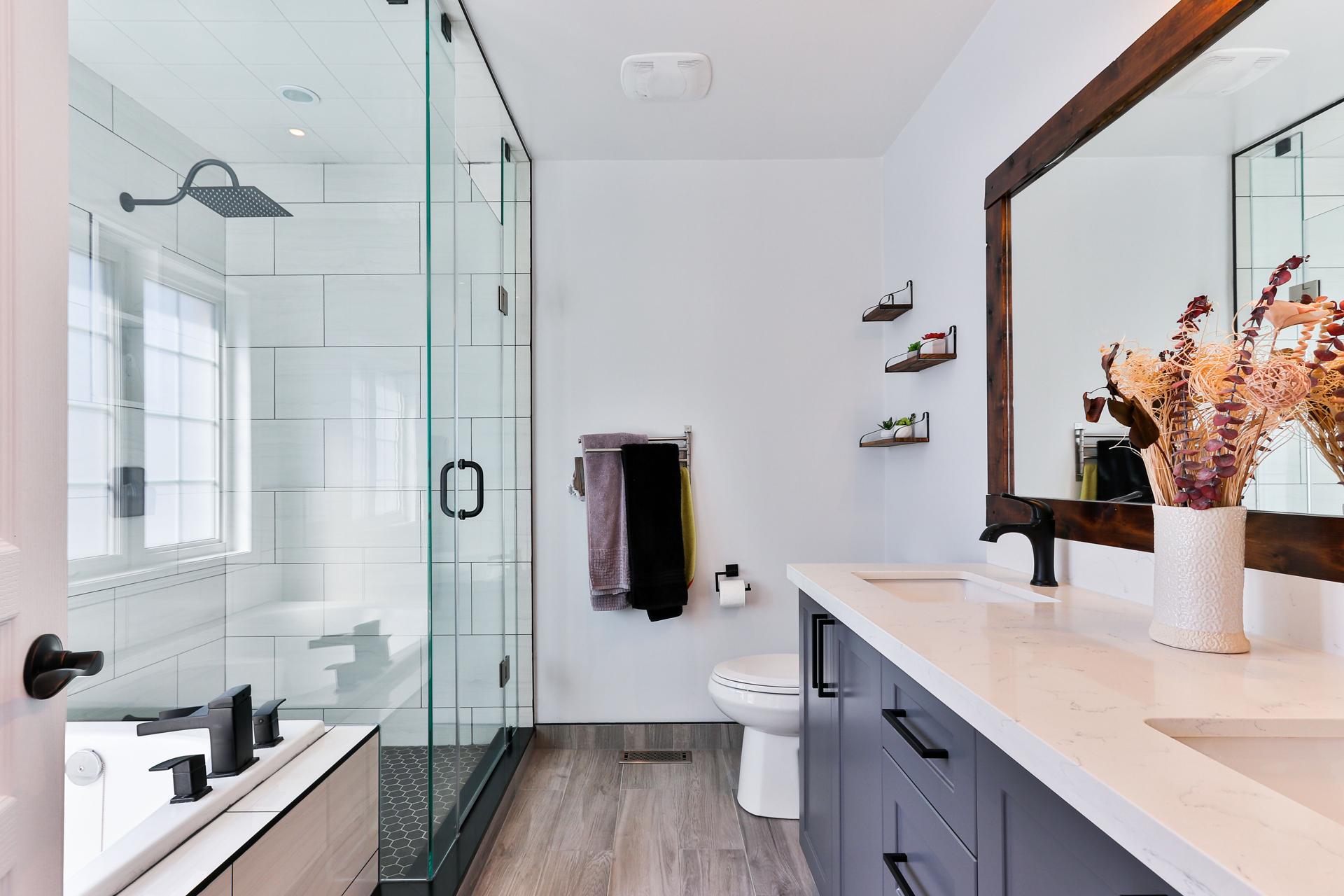Nailing the Fundamentals of Hot Water Plumbing: A 101 Guide

Hot water plumbing is an essential part of daily life. We depend on hot water for a variety of reasons like showering, cleaning dishes and doing laundry. In this post, we’ll give you a basic understanding of the way hot water plumbing functions.
Hot Water Plumbing Basics
Hot water plumbing refers to the system that delivers hot water to various parts of a building. It is different from cold water plumbing by heating water before it is distributed throughout the structure. The major elements of a hot water plumbing system comprise the water heater, pipes valves, and fixtures. Water heaters are the most critical component of a hot-water plumbing system. It heats the water and stores it until it is needed. The pipes carry warm water that is heated from the water heater to fixtures, including showers and faucets. Valves are used to regulate how hot water flows, while fixtures are used to disperse hot water to various parts in the construction.
The different types of hot Water Heaters
There are three types of water heaters available on the market including tankless, storage tank and heat pump water heaters. Tankless water heaters heat water on demand and do not keep hot water in storage. Tank water heaters that store hot water in tanks until they require. Heat pump water heaters use electric power to transmit heat through the air or ground to warm the water. Every kind of hot water heater has its pros and cons. Tankless water heaters are more efficient in energy use and have a longer lifespan however, they are more costly. Storage tank water heaters are more affordable, however they have a shorter life span and are not as energy efficient. Water heaters with heat pumps are the most energy-efficient but might not be appropriate for colder climates.
Maintenance of Hot Water Pipes
Regular maintenance is vital for ensuring that your hot-water system operates effectively and efficiently. A few suggestions for maintaining the hot water plumbing system include checking for leaks and flushing the tank or replacing anode rods. It is crucial to check for leaks to avoid water damage and to make sure your hot water system isn’t wasting water. Flushing the tank removes sediment and mineral buildup, which could reduce the effectiveness in the performance of your water heater. The anode rod is designed to resist corrosion and must be replaced at least every few years.
Troubleshooting hot water plumbing issues
Common issues that can arise with hot water plumbing systems include lack of hot water or low water pressure. If you are experiencing a lack of hot water, it could be caused by an inoperative heating element or a faulty thermostat. A low water pressure could be caused by a clogged the valve or pipe. If you experience any of these problems it is suggested that you consult a professional plumber to identify and fix the problem.
Conclusion
Knowing how hot water plumbing works is vital for ensuring your plumbing is operating correctly and efficiently. Routine maintenance as well as troubleshooting are important to avoid problems and extend the life of your hot water system.
The Hot Water Plumbing FAQ
How long can a hot water heater last?
The lifespan of hot water heaters varies on the model and the type. On average, a storage tank water heater can last between 8 and 12 years and tankless water heaters could last as long as 20 years.
What can I do to determine whether your hot water heater requires replacing?
Signs that your hot-water heater might need to be replaced include rust or corrosion in the tank. Other signs include leaks, odd noises, and a lack of hot water. If you encounter any of these symptoms, it is recommended that you speak with a professional plumber.
